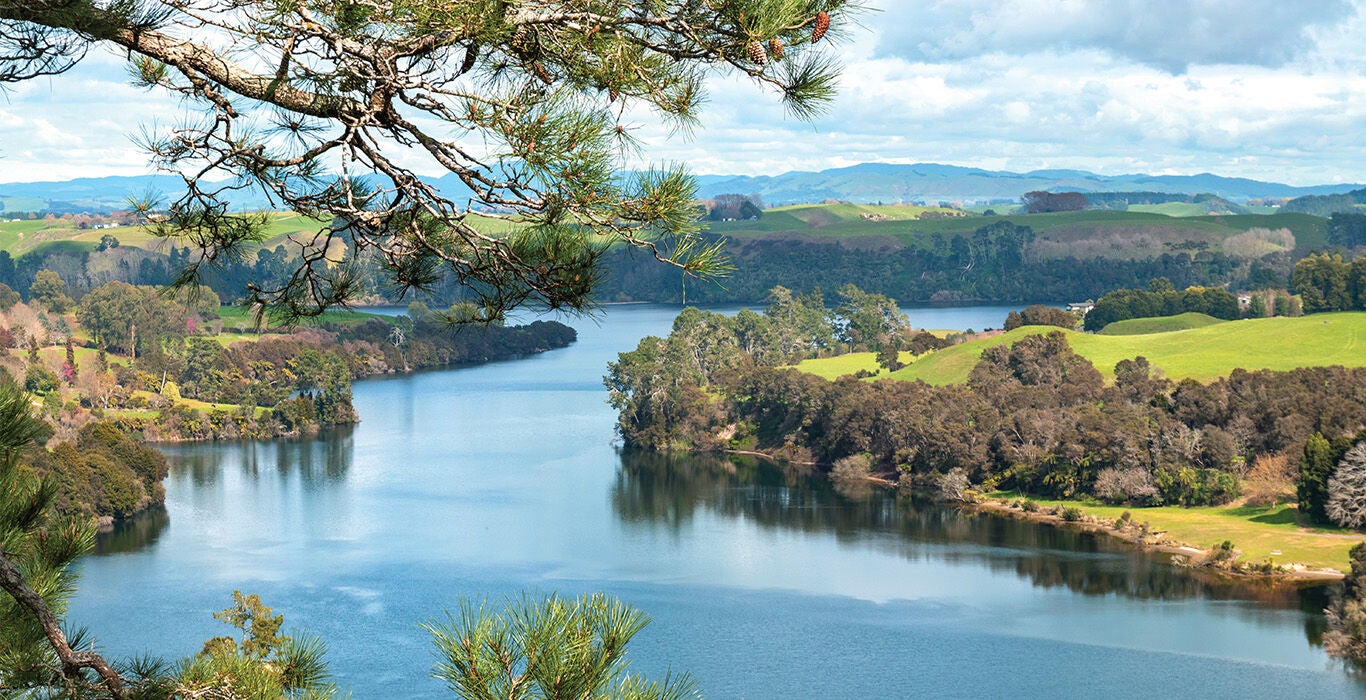Country -
Ripples of change

Farm freshwater management has proven to be a minefield of confusion, conflict, and technicalities to navigate in the past decade, but a review of government policy offers a wave of relief.
Few farmers would claim not to care about water and the environment they live and work in, but many have become confused and frustrated by apparent endless shifts in regulations that have their roots in freshwater policy.
It was with some relief the rural sector witnessed the new government’s position on the National Policy Statement for Freshwater Management (NPS-FM) with the coalition opting to take the policy back to the drawing board for a review and consultation.
Many farmers agreed with Minister for the Environment Penny Simmonds’ claims the policy had become too complex and expensive to implement.
Improvements happening
The pause comes as the dairy sector can point to having made some proven gains in water quality over the past decade.
An Our Land and Water study analysing historical data alongside DairyNZ across five dairying catchments over the past 20 years found 70 percent of in-stream water monitoring quality indicators were either static or improving. Thanks to good management practices, the median levels of most contaminants were falling.
Those good practices included efforts to exclude stock with riparian fencing, more accurate fertiliser application, planting, and better effluent management. However, the sector was also cognisant the efforts need to continue.
David Poole, director of farm environmental advisory company MyEnviro says the NPS-FM was well intended, but problems arose from the regional differences that arise, and constraints a “one size” rule placed upon regulation methods like winter grazing.
NPS-FM not going away
Poole is also concerned about the rhetoric that the NPS-FM is on hold.
“Many farmers now believe they are no longer required to complete a Freshwater Farm Plan (FWFP). However, this is mandated in law under Part 9A RMA (1991). So, farm-level reporting is still required.”
FWFPs must identify the risks of adverse impacts of farming on freshwater and the actions required to avoid, remedy, or mitigate those risks. The plans are expected to ultimately become the central tool for farmers and growers to manage their freshwater regulatory requirements.
Southland and Waikato are the two regions that already have FWFPs active from 1 August 2023, with completion and certification by Feb 2025.
Poole expects a review of the NPS-FM will result in some adjustments across its three priorities that put water health first, followed by people's needs, then commercial use.
“There is no doubt at times commercial or farming actions have affected water quality but so often the discussions have become quite mutually exclusive or binary in nature.”
“Ideally it would be good to see fully resourced regional councils as the main arbiters of water quality, employing local people, influencing those who are influencing the environment.”
Consenting to farm
Poole believes consenting will become a standard requirement to continue farming, as it is for urban land use activity.
Having a detailed, living (digital) Farm Environmental Plan including the FWFP in place, mapping out risks and mitigations means farmers will have a much better chance of obtaining that consent.
“Understand and prove your position, then promote it positively,” Poole says.
With this comes assurance the farm or orchard business’s productive value is preserved.
Project links communities and maunga
In Waikato a group of farmers are proving protecting a local stream can deliver benefits well beyond the immediate reward of simply cleaning up a waterway’s health.
Taiea te Taiao or the Maungatautari-Pirongia Ecological Corridor project has its roots in farmer efforts to clean up the Mangapiko Stream that links the two mountains south-west of Hamilton.
With an estimated 9,000 landowners and 40,000ha within the corridor’s route, the project has become a major effort that has also linked previously disparate parts of the lifestyle, farming, iwi, and commercial communities of the region to a common cause.
Longtime dairy farmer Don “Bush” Macky of Paterangi could well be forgiven if he had simply put his feet up and left such a project to a younger generation.
But having lived and farmed much of his life in the district, he felt compelled to play a role in the efforts to clean up the Mangapiko Stream.
“That stream used to have all farms’ whey dumped into it when only cream cans were collected, and then after the war it used to get the whey from the two dairy companies in the district dumped in it.
“When it got to summertime and water flow dropped, the stink from the stream was simply awful.”
Today the stream is looking far cleaner and freer flowing thanks to the removal of choking willows, extensive riparian setbacks, and native plantings.
Macky himself has overseen more than 10,000 trees planted on his 145ha farm at the Pirongia end.
Thanks to some generous funding from the Ministry for the Environment's Freshwater Improvement Fund, the scheme has been able to employ two staff, project manager Bexie Towle and Te-ao Apaata as iwi liaison to identify all valued historic sites and help with daily operations.
Two years into the job, Towle says observable changes will take time, and ultimately at least a generation.
“But we are getting good baseline data to establish the water quality and biodiversity in the corridor. That includes environmental DNA kits to see what freshwater species are here. We have already found evidence of freshwater mussels, while bat monitoring is showing populations are growing.”
Towle says the strongest indicator of the project’s success is farmer interest.
“We have more people interested in planting than we have funding for, the interest is super high.”